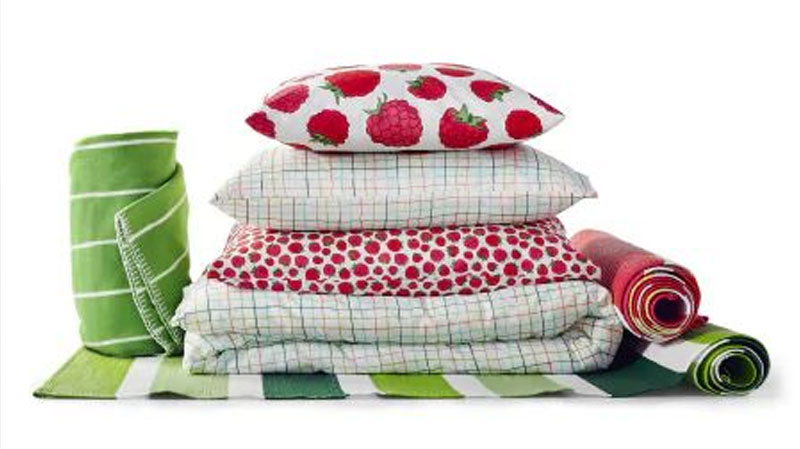Offering products at low prices is at the core of our business. But that doesn’t mean we compromise on quality or safety. IKEA products must be safe — from both a health and environmental perspective.
We strive to meet the strictest safety and quality standards in every market, and we often go beyond them when we see the need, setting our own even stricter requirements. In the design of every single product, we take great care to uphold the promise we make to our customers — that IKEA products are safe.
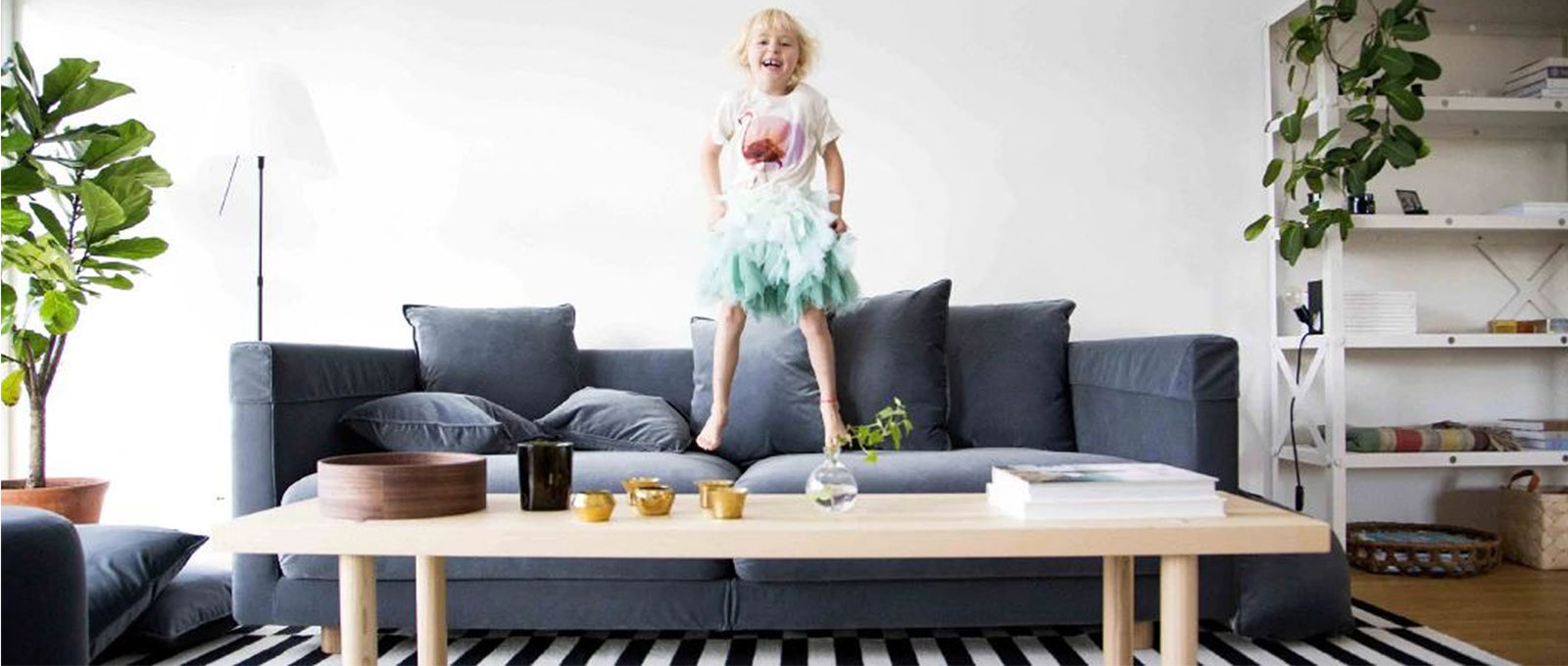
Creating Safe Products
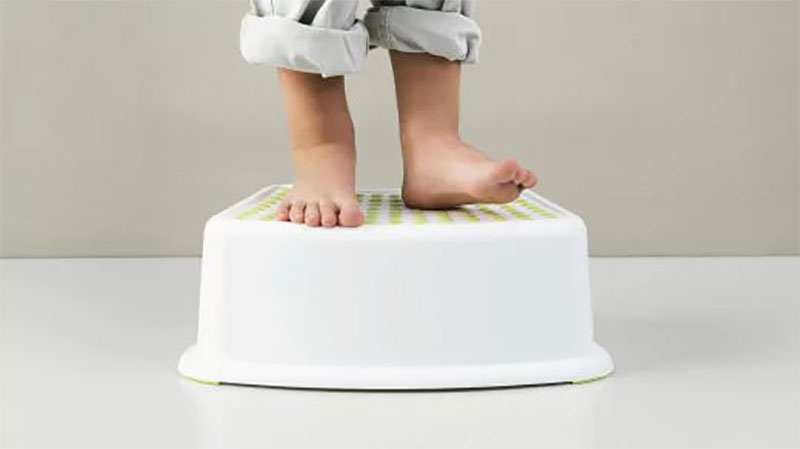
Doing things right from the start
At IKEA, product safety assessments are an essential part of the product development process. Our designers, product developers, and technicians evaluate safety, quality, and environmental impact at every stage of a new product’s development.
When we develop products, we consider both the intended and unintended uses to identify and minimize any potential safety risks.
Every product must go through an extensive testing process and will not be sold until we are absolutely certain it is safe. Even after a product is on the market, we continue to evaluate, test regularly, and make improvements if needed.
Two test labs. One goal.
IKEA has two test laboratories — one in Älmhult, Sweden, and one in Shanghai, China. At these labs, we test products according to a wide range of standards in different areas, such as chemical content, fire safety, surface materials, corrosion, lighting and electronics, functionality and durability, washing, and assembly.
The tests conducted at our lab in Sweden also play a key role in our product development. By using the lab early in the process, we ensure that we choose the most suitable material and that the construction is durable and safe. This gives us valuable insights that support ongoing product development.
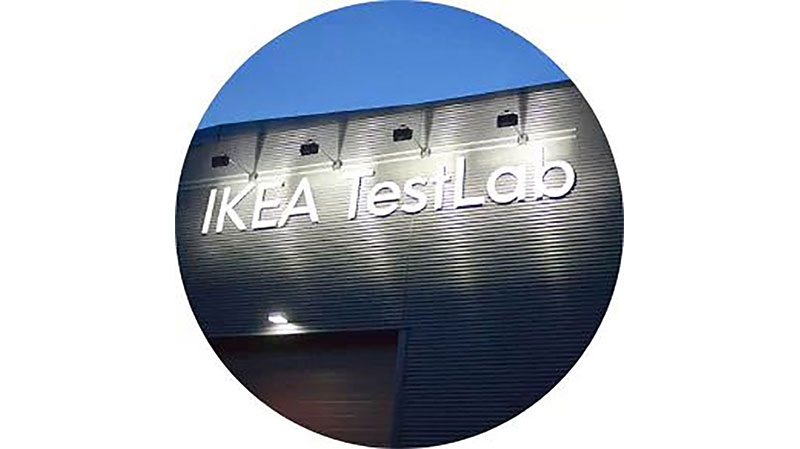
Did you know?
Our lab in Sweden supports product development by performing 15,000–16,000 different tests per year.Child Safety
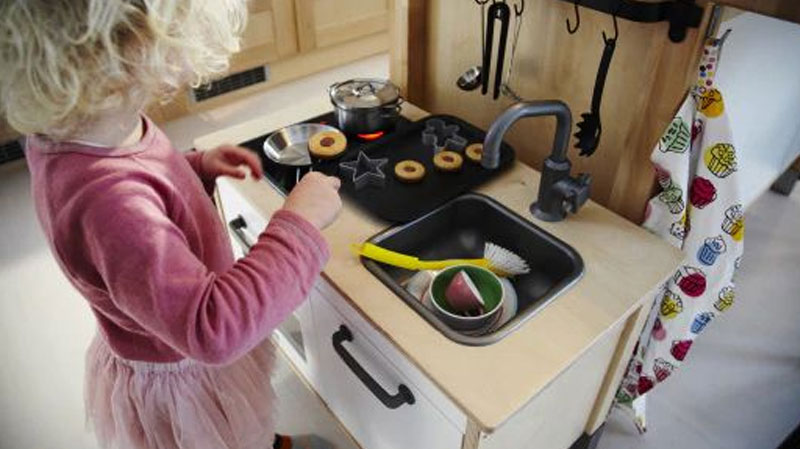
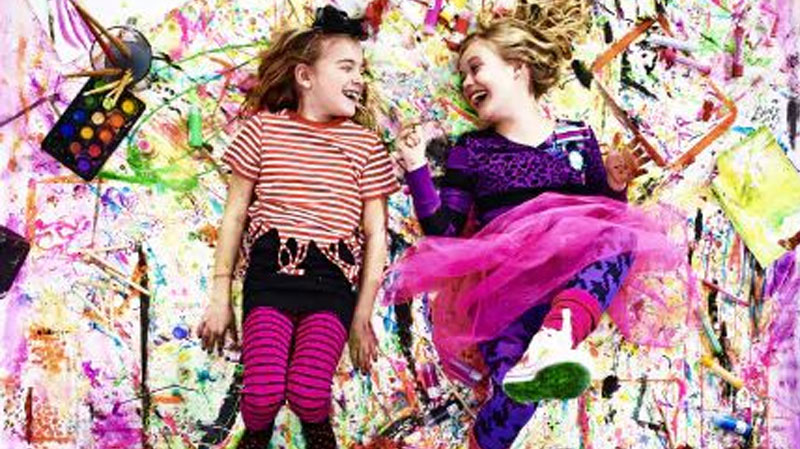
As much as IKEA loves colorful products for children, colorants that are — or are suspected to be — carcinogenic or allergenic are never considered. The paint in the MÅLA line contains no harmful substances. Just in case a child decides to have a little taste of those beautiful colors.
Við notum aðeins þau efni sem við þurfum
Chemical compounds play an important role in the production of IKEA products. They give materials specific textures and beautiful colors. Adhesives make our products strong. Paints and other coatings protect them from scratches, corrosion, and moisture. In other words: we can’t avoid using chemical compounds. But we are very strict when it comes to choosing which substances we use.
Our goal is clear: to do everything we can to ensure our products do not contain compounds that could be harmful to people’s health or the environment. We’re proud to have taken the initiative to phase out harmful substances — often long before legislation required us to. By grouping compounds together, we can eliminate entire categories of harmful chemicals instead of just replacing one dangerous substance with another.
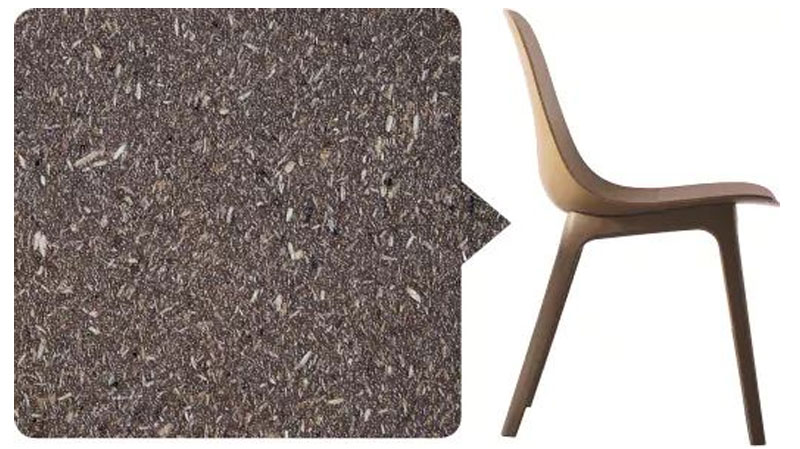
Did you know?
IKEA’s chemical regulations are based on the strictest possible legal requirements. They are regularly updated to reflect the latest information from government agencies, NGOs, scientific reports, and consumer feedback. This means we often go further than the law requires to ensure safety in the production, handling, and use of IKEA products.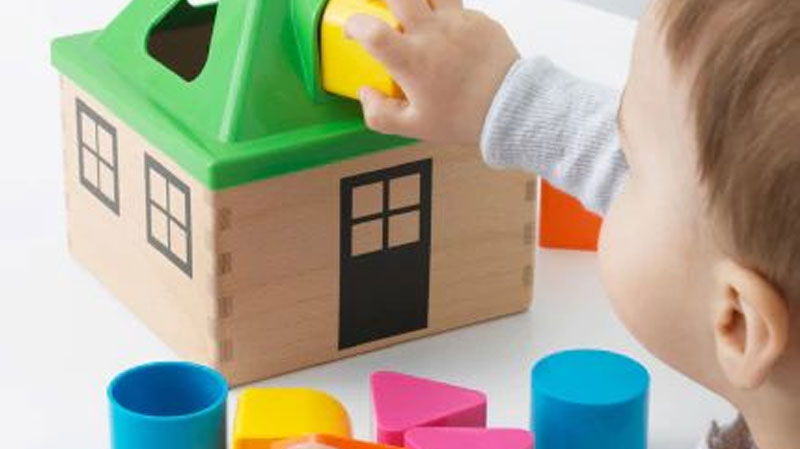
One less thing to worry about
Bisphenol A (BPA) is a chemical compound widely used and proven to have harmful effects on human health. In 2006, IKEA decided to completely stop using BPA in children’s toys. In 2012, we went even further and removed BPA from all products that come into contact with food, such as food containers, kitchen utensils, and bottles.Did you know?
By not adding harmful substances to products and materials, we give them a longer life — because it ensures they can be safely recycled and reused.Developing Safe Compounds
Whenever IKEA considers using a new material, it is evaluated from a safety, quality, and sustainability perspective before being approved for use in IKEA products.
For example, PFAs (per- and polyfluoroalkyl substances), which repel water and dirt and are sometimes used in textiles, have been shown in studies to have harmful effects on people and the environment. IKEA decided to completely phase out all PFAs in textiles and replace them with safer alternatives that do no harm.
